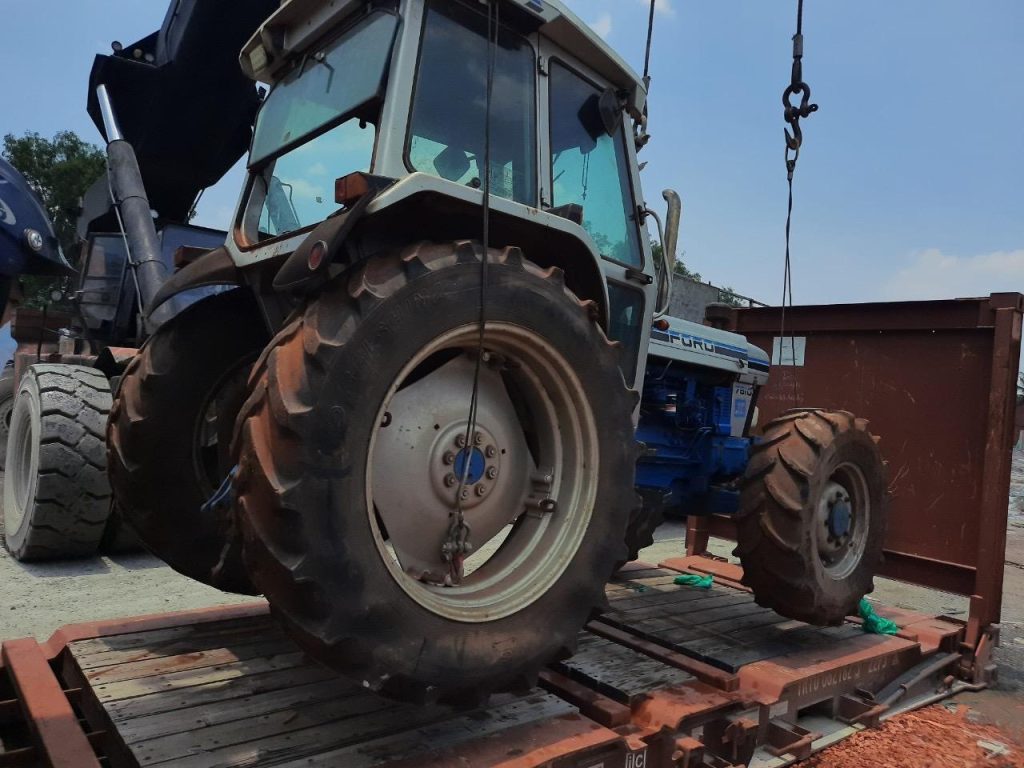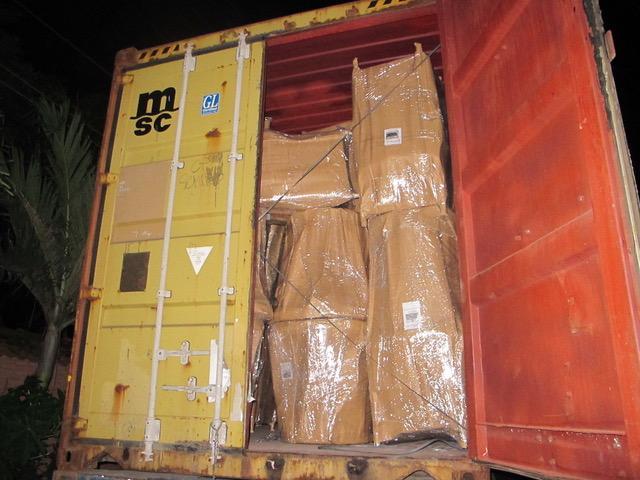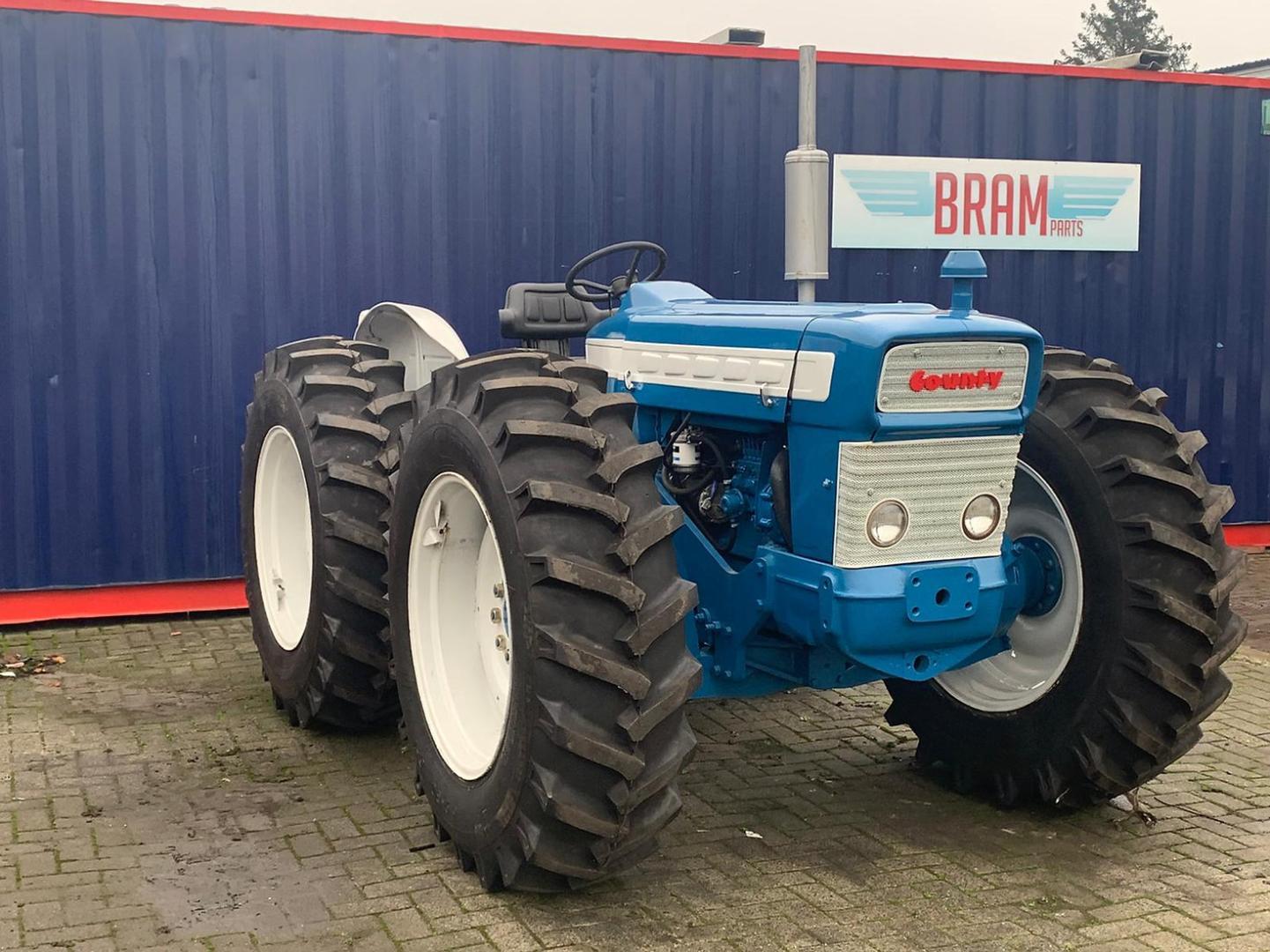In today’s interconnected world, the ease of importing goods and services from other countries has become a crucial factor in the success of many businesses. Direct import is one such method that has gained popularity among businesses of all sizes, providing a hassle-free way to import products directly from the source. In this blog post, we will explore what direct import is, its benefits, and how businesses can utilize this method to their advantage, especially, a case study for clarifying deeply.
What is Direct Import?
Direct import refers to the process of importing goods directly from the manufacturer or supplier without involving any intermediaries such as wholesalers, distributors, or agents. In other words, it involves a direct transaction between the buyer and the seller. Direct import allows businesses to cut out the middleman, thereby reducing costs and improving profit margins.
Benefits
Direct import offers several benefits to businesses that are looking to import goods from other countries. Some of these benefits include:
One of the most significant benefits of direct import is cost savings. By importing directly from a foreign supplier, businesses can avoid the added costs associated with intermediaries such as wholesalers or distributors. This allows businesses to purchase goods at a lower cost, which can translate into higher profit margins or more competitive pricing for customers. Additionally, direct import eliminates the need for expensive marketing campaigns to attract customers, as businesses can offer products at lower prices due to lower costs.
Another advantage of direct import is greater control over the quality of goods. When purchasing from a foreign supplier, businesses have the opportunity to inspect the products before they are shipped, ensuring that they meet the required quality standards. This eliminates the risk of receiving low-quality goods from intermediaries who may not have the same level of quality control. Furthermore, businesses can build a closer relationships with their suppliers, leading to better communication and more efficient problem-solving.
This way of import also allows businesses to expand their product lines, offering a wider range of goods to their customers. This can be particularly advantageous for small businesses that may not have the resources to develop new products independently. By importing products from overseas, businesses can offer unique items that may not be available from domestic suppliers. This can help to attract new customers and increase sales.
Moreover, direct import can help businesses to stay competitive in a rapidly changing marketplace. As global trade becomes increasingly accessible, businesses that are able to import products directly from overseas can quickly adapt to new trends and changing customer preferences. This can be particularly important in industries such as fashion and electronics, where trends can change rapidly. By importing products directly, businesses can stay ahead of the curve and remain competitive in their respective industries.
Last but not least, It could not be denied that by customization, importing directly can help businesses differentiate themselves from competitors by offering unique products tailored to their customers’ needs, improving quality and functionality, and potentially increasing customer satisfaction. However, customization can come with additional costs and lead times that businesses should carefully consider before deciding to import products directly.
Watch out!
As you may know, every country has its own customs regulations that must be followed when importing goods. These regulations can be complex and time-consuming to navigate, and compliance can result in fines, delays, and even seizure of the goods. Secondly, direct import may include hidden costs such as transportation, insurance, customs fees, and import duties. This has been caused by a lack of details when discussing and negotiating. Thirdly, ensuring that the goods being imported meet quality standards can be difficult when dealing with overseas suppliers. Quality control checks may need to be conducted at various points in the supply chain to ensure that the products are up to standard.
How to Utilize Import Directly?
To utilize direct import, businesses should follow a few suggested steps:
Identify the Manufacturer or Supplier: The first step is to identify the manufacturer or supplier from whom the business wants to import the products. This can be done through online research, trade shows, or by getting referrals from industry contacts.
Negotiate Prices and Terms: Once the manufacturer or supplier has been identified, businesses should negotiate prices and terms directly with them, making sure no hidden costs. This can include everything from the price of the products to the delivery terms and payment methods.
Arrange for Shipping and Customs Clearance: After the terms have been agreed upon, businesses need to arrange for shipping and customs clearance. This can be done through a freight forwarder or customs broker who will handle all the necessary paperwork and logistics.
Manage the Supply Chain: Once the products have been imported, businesses need to manage the supply chain to ensure that the products are delivered to customers on time and in good condition. This can include everything from inventory management to order fulfillment.
Case study

In this part, we’ll examine the key factors that contributed to direct exporters’ success, as well as the lessons they learned along the way. By understanding this real-world example of our customer, you’ll gain valuable insights that can help inform your own international expansion strategy.
In 2022, VIEC received a request to import tractors from Vietnam to the Netherlands. This antique customer has spent 20 years trying to find a way to ship it but has not been successful.
The problem was far from the beginning of preparing documents. Because the plow is so old, the owner has lost some relevant documents. This caused the import process of the old plow to be delayed for a long time. The second obstacle occurs when choosing a container that both meets the affordability of the customer and the requirement to be loaded onto a Flat Rack Container.
As a result, in just a few short months, we successfully brought perfectly the plow to the customer.
Learn more about case studies in the upcoming time. Or if your business also has a similar situation, join a free consultation with VIEC – Import Export Consulting Services (Vietnam – Netherlands)








